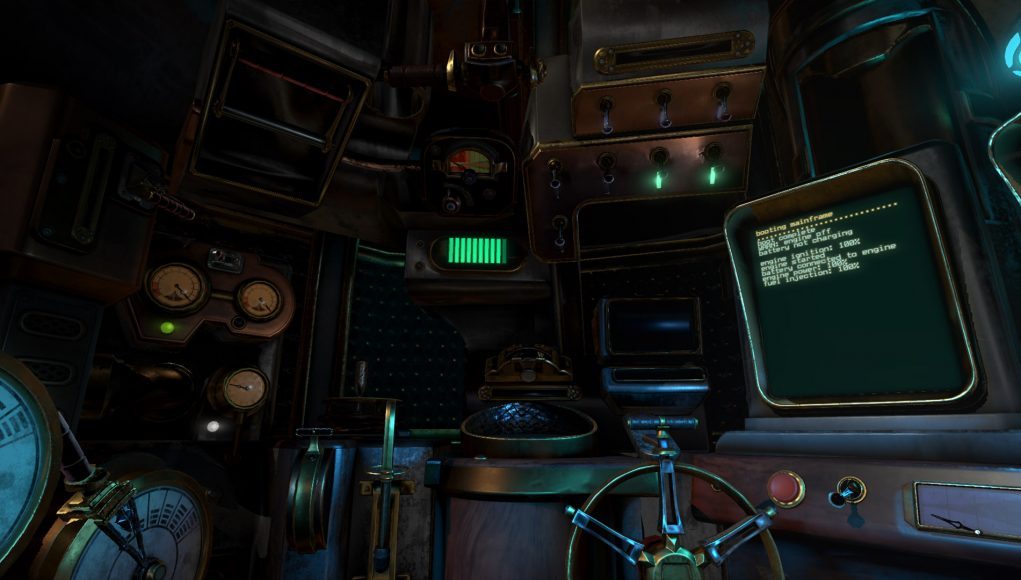Especially thanks to its hands-on nature, A Rogue Escape channels the feeling of an escape room while fusing it with videogame elements, ultimately pulling off an experience that simply wouldn’t be feasible in the real world.
A Rogue Escape Details:
Available On: Oculus Quest, SteamVR
Release Date: June 10th, 2021
Price: $20
Developer: Spare Parts Oasis
Publisher: Armor Games Studios
Reviewed On: Quest 2, Valve Index
Gameplay
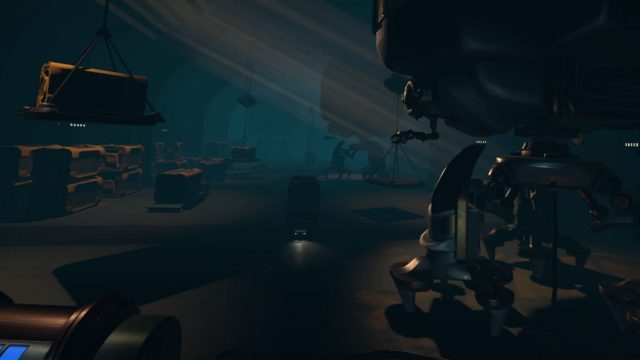
In A Rogue Escape you’ll be tasked with commandeering a steam-punky mech. But with no instruction manual, a dizzying array of levers and buttons before you, and nary a window to peer out of, figuring out how to actually operate the machine is the heart of the game.
Although you’re ‘piloting a mech’, A Rogue Escape very much channels escape room vibes. If you aren’t the type that likes to explore and discover game systems and rules on your own, the game might not be for you. If you are the type that finds that kind of thing fun, A Rogue Escape brilliantly delivers. Because figuring out how everything actually works is most of the ‘content’ of the game, I’ll avoid specific descriptions of systems, but do my best to relay the feeling of the game.
 At the start, you have essentially no idea what’s going on—you know nothing about the mech, the world, or even who you are or what your goals are. The mech has no porthole to peer out of, and initially you’ll feel completely blind to the world outside the machine.
At the start, you have essentially no idea what’s going on—you know nothing about the mech, the world, or even who you are or what your goals are. The mech has no porthole to peer out of, and initially you’ll feel completely blind to the world outside the machine.
At the start I was literally crashing the mech into walls and damaging the hull until I began experimenting and understanding the sensors and systems around me. The feeling of growing from clueless to competent is definitely an achievement of A Rogue Escape.
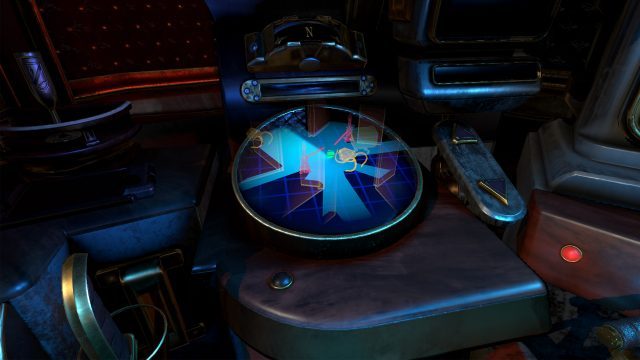
The game is definitely slow to start—you literally need to figure out how to move—which could lose some less patient players. But once you understand the basics, things start picking up as you find objectives and enemies to engage with.
I’ll say this nice and clear right here: A Rogue Escape isn’t a combat game. Although your mech has some offensive capabilities, gameplay plays out more like a point-and-click adventure in terms of progression.
While coming to terms with controlling the mech is fun, the outside world ultimately isn’t particularly complex, and doesn’t leave much room for strategy. You’ll discover some minor objectives and obstacles to overcome, but in the end you’re steadily progressing toward ‘escaping’ (remember: escape room vibes), which will have you uncovering more of the mech’s capabilities and more of the outside world’s layers over time—as opposed to lingering in the world fighting complex battles.
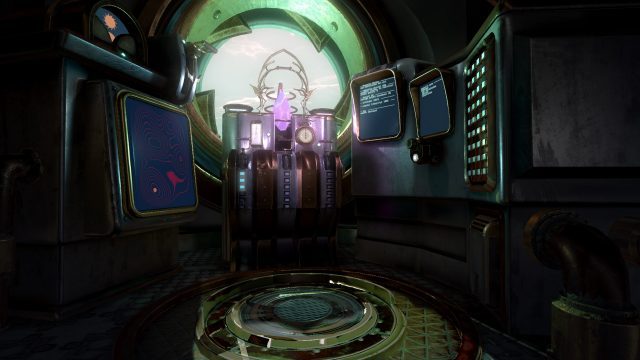
As far as story goes, A Rogue Escape’s light narrative unfolds nicely through clues you discover in the world. It’s neat (and convenient for the developers) that so much of the world is ultimately hidden from the player, which means you get to infuse your imagination into what’s going on. Granted, I would have loved to see something that felt more like a story (rather than merely lore) to give greater motivation to the action.
I found A Rogue Escape largely enjoyable throughout, with its only major issue being brevity. While I’m perfectly fine with a game that’s only really meant to be played once but leaves me with a memorable experience, my initial playthrough took just under 2.5 hours, which was shorter than I would have liked to really sink my teeth into the game. I also wish the ending felt more significant.
While some elements of the game change from one play to the next, the game ultimately isn’t dynamic enough to warrant replays. Like an escape room—once you’ve figured it out you’re probably looking for the next one. A higher difficulty, with the option to turn it down if necessary, might have extended playtime without feeling like padding.
That said, the structure of the game seems like it would have an easier time than most using post-launch updates to slot in more complexity to the outside world and its inhabitants for players to engage with. Here’s to hoping.
Immersion
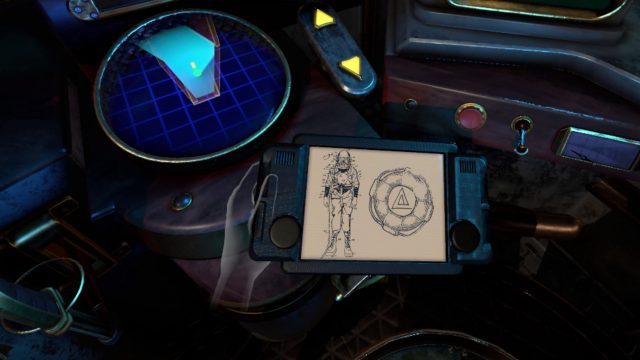
Interestingly, A Rogue Escape is directly based on a flat screen game called Nauticrawl. While I never played the original, it appears that the underlying mech controls of A Rogue Escape are essentially a direct translation. But make no mistake, A Rogue Escape isn’t a mere port; developer Spare Parts Oasis recreated the game specially for VR, complete with full hands-on controls and room-scale gameplay.
If you did play the original and were looking forward to a more immersive version playable in VR, the studio notes: “In contrast to Nauticrawl’s challenging and at times unforgiving gameplay, A Rogue Escape has been constructed from the ground up to deliver a fully explorable, atmospheric experience which more resembles an escape room than the original’s rogue-lite gameplay.”
While the game inevitably feels immersive thanks to all of the well implemented hands-on controls, the developers didn’t seem to spend much time fine-tuning A Rogue Escape for specific VR controllers, which is a shame considering the underlying gameplay is about using your hands to pull levers, flip switches, and press buttons.
For instance, on Quest 2, the game expects you to ‘press’ buttons by hovering your hand near them and squeezing the index trigger. That might make sense in some other context, but many Quest games use an outstretched index finger (detected by the controller’s capacitive sensing) to ‘poke’ a button without invoking the use of any of the controllers triggers or buttons. ‘Pressing’ a button by pulling the trigger just feels weird by comparison.
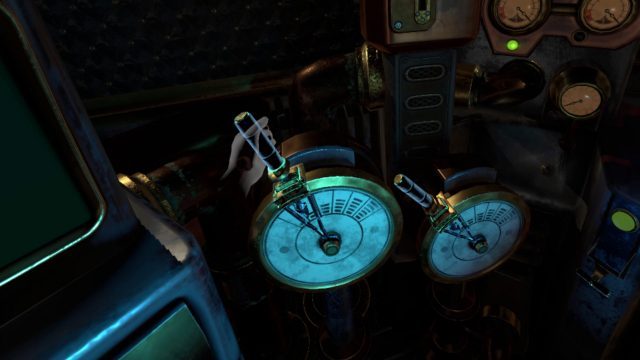
Even more unfortunate, the game lacks support for finger tracking on Valve Index controllers, and ignores the ‘grab’ input of the controller’s handles entirely. Instead, the game expects all interactions to happen with the index trigger (which includes pushing buttons, pulling levers, and turning knobs). There’s also the same issue with needing to ‘press’ buttons by pulling the trigger, instead of being able to simply stretch out your finger and poke the button.
The grabbing issue is fortunately fixable by digging into the SteamVR Bindings and switching the configuration so that the ‘Grab’ function does the same thing as the Trigger input. Unfortunately the SteamVR Binding system is absolutely obtuse and sometimes doesn’t seem to work at all, so I doubt most players will know that they can make this change, let alone how. Hope fully the developer will quickly issue a new default binding update which will fix this for all players.
A Rogue Escape looks surprisingly good on Quest 2, and reasonably good on PC (though the lack of any in-game graphics options for the PC mode is a shame). Sound design is decent, though I really wish they’d gone a step further for a truly visceral and memorable audioscape, especially with spatial sounds. It seems like the game employs some level of spatial audio, but some of the sound sources seem misplaced (or perhaps some are even head-locked), which can make the various alert beeps and sounds confusing at times.
Comfort
A Rogue Escape is built around room-scale gameplay with no artificial locomotion or turning at all. You’ll need to physically move and rotate yourself to reach the controls of the mech. This makes the game immersive and intuitive, but also means the game will be difficult to play in tight playspaces without constantly activating your boundary. I found the controls of the mech to be just a bit too spaced out to reasonably play the game while seated, which seems like a missed opportunity.
Though you might not be able to play seated, the developers thoughtfully added an always-available height adjustment to let players of all heights dial in a comfortable position.
On the whole, I found the game absolutely comfortable and was easily able to play it for long stretches without issue. Its room-scale nature means it should be comfortable for the vast majority of players. There’s only a few things which highly sensitive players would need to watch out for, which is elevator motion when transitioning between key segments of the game, and a few instances of camera-shake, though fortunately both are rare.

